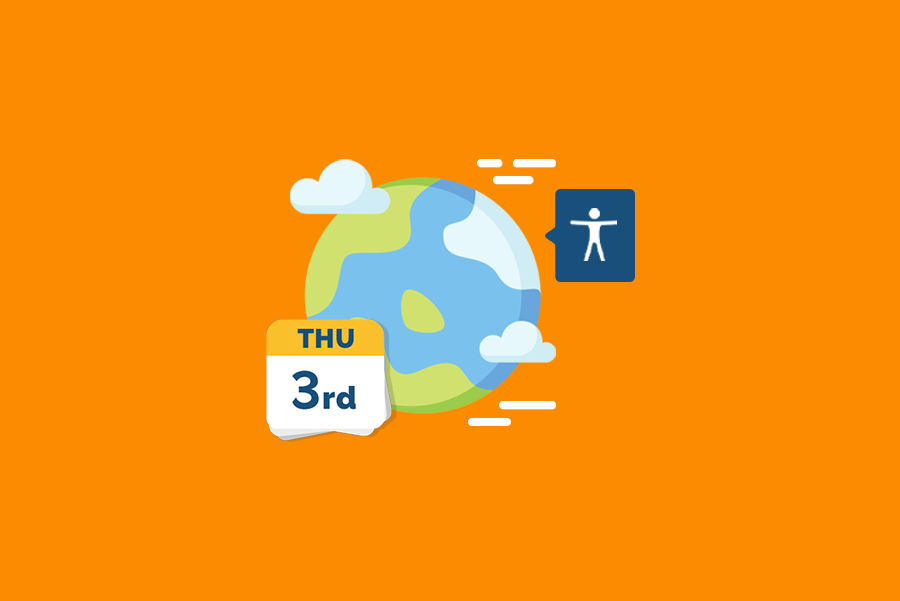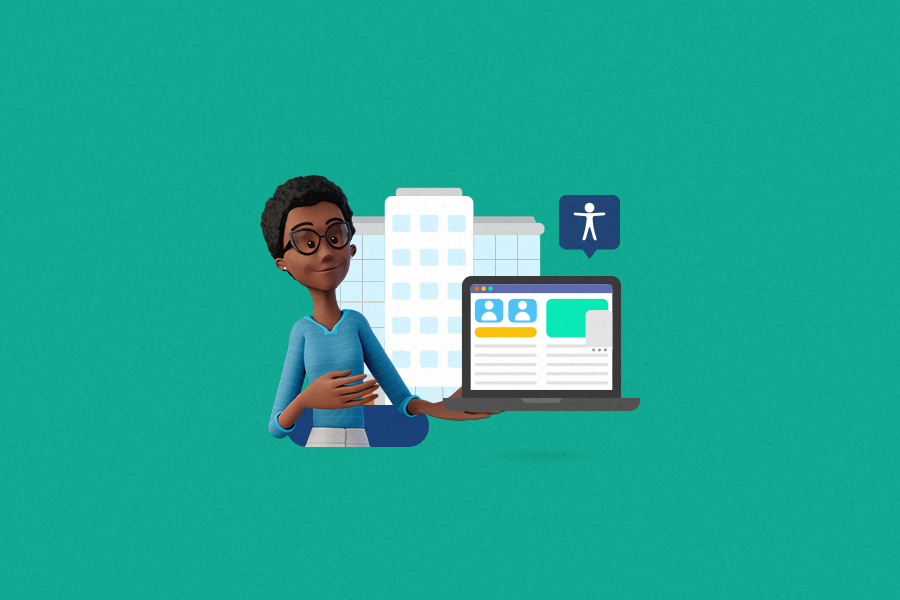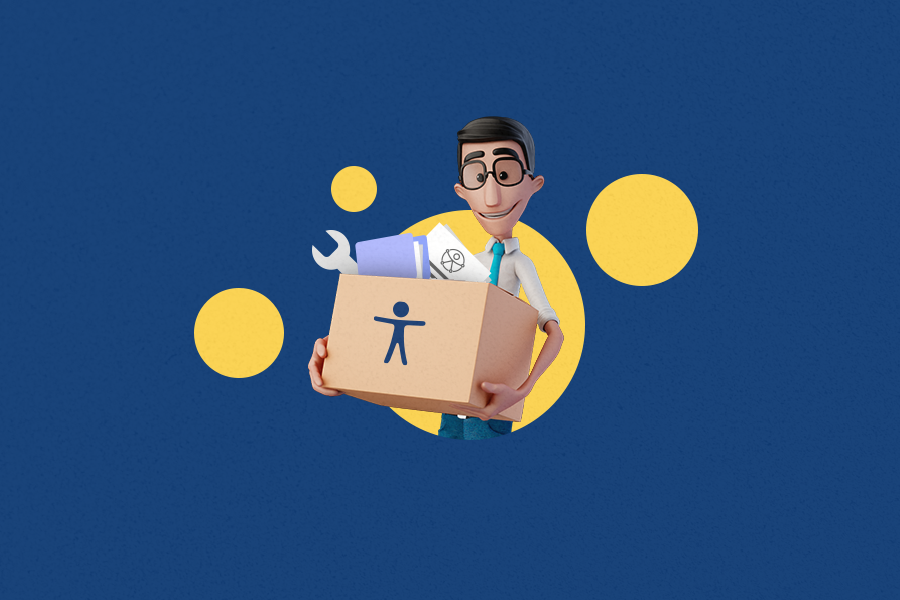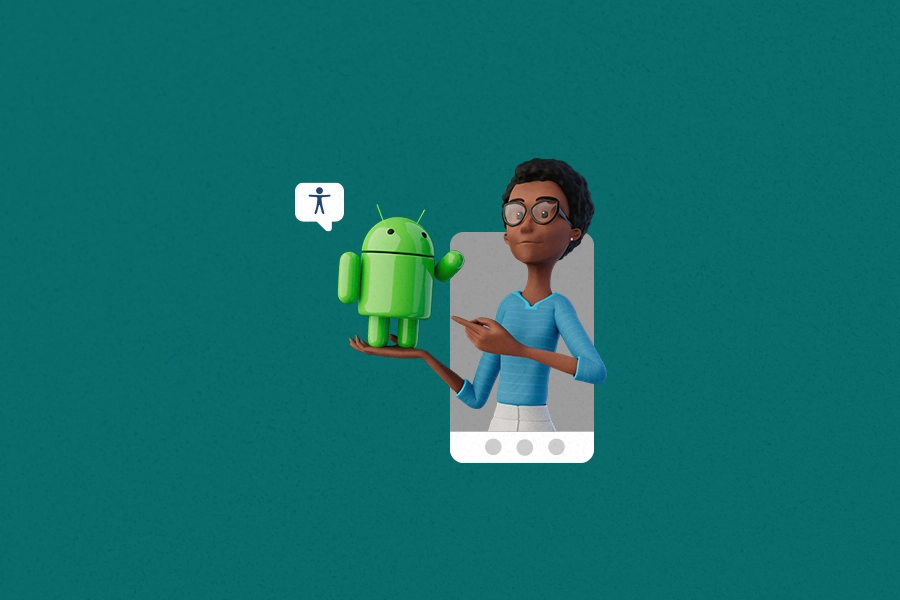
Learn more about GAAD and how to create a more accessible world

Accessibility has been a trending topic lately, especially here on the blog. It’s super important that we have a good understanding of this context nowadays, so we know which actions we need to take to create a more accessible and fair world. Currently there are over 1 billion people in the world with some kind of disability. They represent about 15% of the global population.
Despite people with disabilities constantly fighting for more accessibility and inclusion, there’s still a long way to go. There are countless companies, organizations and establishments that leave that aside. The consequences are very perceptible in our day to day. It happens when someone in a wheelchair wants to purchase an item, but the store doesn’t have an access ramp. It happens when a blind person goes to a restaurant and there isn’t a menu in braille. It happens when a deaf person wants to watch a video, but it has no subtitles or translation to Sign Languages.
Actually, investing in accessibility can be way less demanding than people may think. Be it adapting physical spaces, making the population aware of the subject, communicating more inclusively, and not less important, creating accessible digital environments.
Digital accessibility in the current days
First of all, we need to understand why digital accessibility is so relevant. People with disabilities should have full autonomy when navigating online, which still isn’t the case. Did you know that about 80% of Americans shop online? Meanwhile, only 2% of websites are accessible. Some alarming information, can we agree?
To illustrate, Click-Away Pound conducted a survey with people with disabilities to test accessibility levels in websites. It showed that 69% of its participants have already abandoned websites due to lack of accessibility. We can agree this isn’t a very autonomy providing space, right?
As we can tell, there are still plenty of web accessibility failures these days. In a survey conducted by WebAIM with over 1 million domains, we realize that the main flaw is low contrast texts, showing up in 86% of the pages analyzed. Missing image alternative texts, with 66%, and empty links, with 60%, make up the remaining of the top 3 most common accessibility issues in websites. And how to make the population aware about the importance of accessibility? GAAD was born with this goal.
GAAD and its role in creating a more accessible world
GAAD is the Global Accessibility Awareness Day. It is celebrated annually, on the third Thursday of May. The idea for its creation came from a text written by a web developer, Joe Devon, on his blog. The article ended up taking bigger proportions, and Joe joined forces with Jennison Asuncion, an accessibility professional, to make the date official.
GAAD’s goal is to get everyone talking, thinking and learning about digital access and inclusion, and the more than 1 billion people with disabilities spread all over the world. In 2022, the date celebrates its 11th birthday, and the first year since the inauguration of the GAAD Foundation.
The Foundation aims to disrupt the culture of technology and digital product development to include accessibility as a core requirement. It has some big names as founding sponsors, such as Meta, Google, Twitter, among others.
You can also contribute in creating a more accessible world, with some simple initiatives. Among them, there is the Hand Talk App, a pocket Sign Language translator. It helps people learn how to communicate in ASL (American Sign Language) or Libras (Brazilian Sign Language). To learn more about it, check out what our users are saying!


